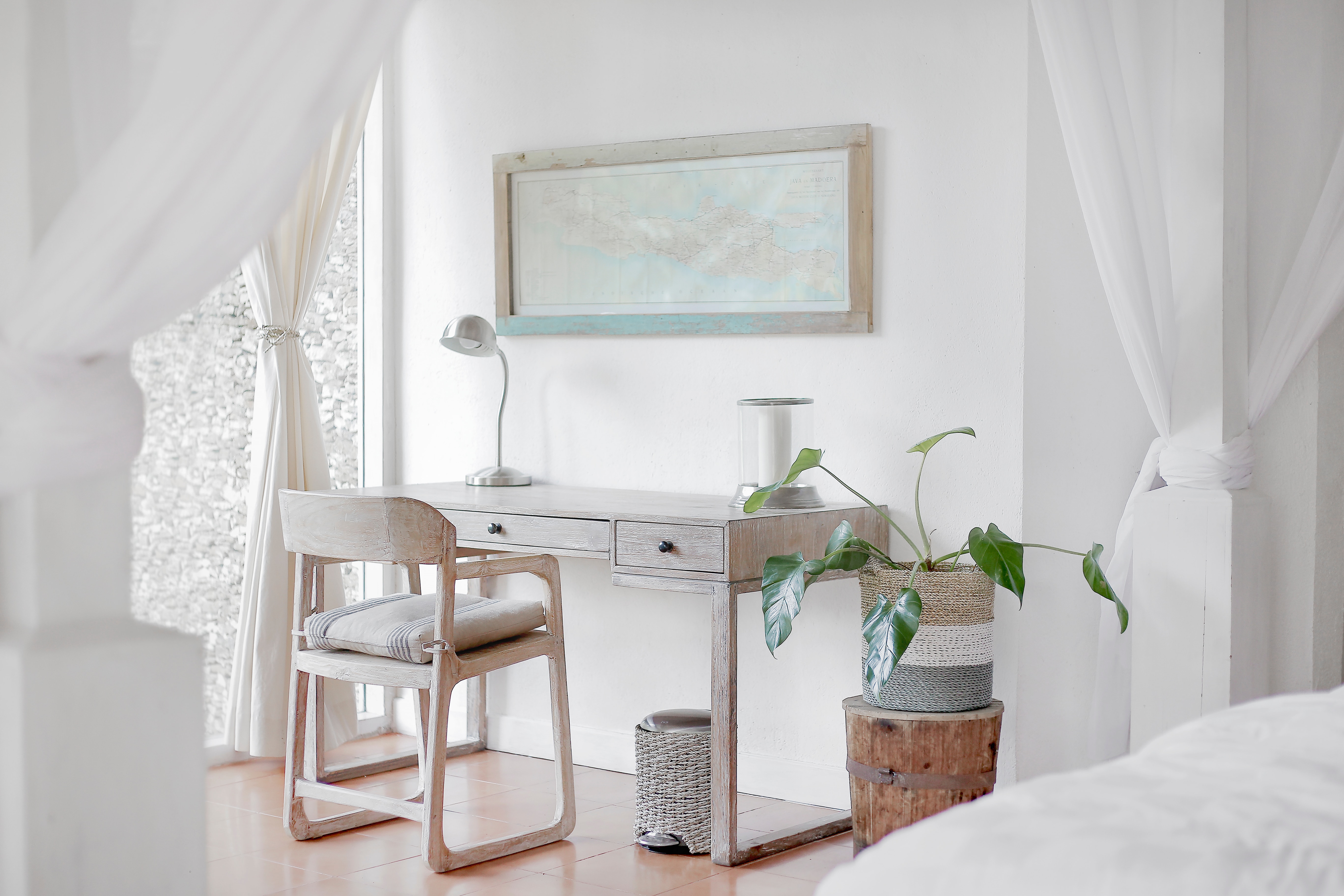Remodeling Your Basement: Utilizing Space in Your Home
Basements are one of the most untapped areas of a home, but they don’t have to be. With a little extra care given to the underside of the home, you can have a space that is beautiful, functional, and used! In this article, we’ll discuss everything you need to know about remodeling your basement including:
- How to remodel your basement
- Basement Insulation
- Basement Remodeling Ideas
How to Remodel Your Basement
First and foremost, make sure to check building codes before you begin; this will tell you how many electrical outlets you are required to have, what rooms are permissible and where, and essential details like ceiling height.
Control dampness and moisture
Since it deals with the house foundation, dampness and moisture will be issues to watch when renovating the basement. If you see pools of water, call a professional before starting any work. This much water could cause hazards for any living space, including mold – which can be toxic.
Dehumidifiers can serve as temporary solutions while you work on the other moisture issues. If the dehumidifier fills up frequently, the problem may be bigger than a dehumidifier can solve. In this case, talk to a professional about other options.
Use columns and soffits
After the logistics of the environment are done, it’s time to begin planning the space. Many basements have odd layouts with walls that taper at an angle, columns in the middle of large spaces, or small areas off to the side. These strange layouts can be used rather than attacked.
For example, a small corner can be cordoned off as a potential storage area. Columns can guide the layout - build walls between them and create rooms with the result.
Decide heating and cooling
Unless the furnace is in the basement to heat it in the winter, the space will likely be colder than the rest of the house. This works well in summertime, but in winter it can be brutal.
Baseboard heating is often the best option for basements. Not the most elegant-looking – but it’s easy to install and control. Separate thermostats or turn off switches can control specific areas of the basement at a time.
Basement Insulation
While you’re going to need to extend heating and cooling into the basement your biggest concern is insulation. What kinds are most appropriate for a Wallingford, CT finished basement?
Insulation Considerations
Your contractor should give you insulating options, such as whether to insulate the interior or exterior walls. The basement ceiling should also be insulated so it can more easily maintain a more comfortable temperature.
Quiz your contractor about the difference in costs between interior and exterior insulation. While exterior costs less at first, the contractor will have to add a drainage system for the insulation.
How Much Insulation Should You Use for a Finished Basement?
If the insulation in the walls of your home should have, at minimum, an R-21 rating, then you’ll need a similar insulation for your basement. Unfinished basements only need insulation with an R-13 rating but since this is becoming living space, you’ll have to boost that rating for the sake of comfort.
If you bought a home from another family, the insulation may be older. Now that you’re making that basement space into additional living space, the insulation is pretty likely to need an upgrade.
Rigid Foam and Foam Board
Discuss your insulation product options with your contractor. While you want to keep costs under control, you’ll also want to have them install the insulation that will help you keep your basement comfy, winter and summer. One of your options is foam board or rigid foam. It’s made using one of three synthetic materials:
- Polyisocyanurate
- Polystyrene
- Polyurethane
These can be used in unfinished foundation walls, floors and ceilings. Even though it’s not very thick, it does a great job of insulating.
Insulating Concrete Forms
These look like foam blocks and come with a high R rating, which will effectively protect your basement from cold temperatures. ICFs are excellent for foundation walls, such as basements and can easily be installed into new homes.
One precaution: Insects seem to love this type of insulation. Make sure your contractor uses ICFs that have been treated with insecticide, or you’ll be dealing with unwelcome bugs. Ask, too, about waterproofing for your Wallingford finished basement.
Concrete Block
These are used on outside walls for homes that are in the building process. For older homes, contractors place them along the interior walls. One advantage of concrete blocks: to increase their efficiency, they may be mixed with air or foam beads. You do NOT want this type of insulation if it has been filled with wood chips, which will attract pests and insects.
Concrete blocks can be stacked either with or without mortar. Once they have been installed, you’ll notice more moderate temperatures in your basement.
Basement Remodeling Ideas
Remodeling is a great investment for your family and for the resale value of your home. According to a survey by the National Home Builders Association, 50% of prospective home buyers are looking for a house with a finished basement. Your basement is the perfect place to add useable space to your home. Here are some basement remodeling ideas to get your creative juices flowing:
Workout Room
If you don’t like the expense and hassle of a gym membership you can create a first-rate fitness space in your basement.
Playroom
If you’ve got smaller children (or grandchildren) you may get tired of having toys underfoot (or picking them up when company comes). Why not create a great playroom in the basement?
Pool Room
It can be hard to fit a pool table into your normal living space. So if you love to play pool why not set up your own home pool hall in the basement?
Spare Bedroom
Kids want their own space, as they get older. You can add a room in the basement to provide that. Or you can create a comfortable guest room that provides guests some privacy when they visit.
Home Office
Basements can be the perfect place for a home office. They are typically removed from daily life—nowhere near where the children and pets play, and away from social spaces like dining rooms and kitchens. This can cut down on distractions, which creates an excellent barrier between personal and work commitments.
Set clear boundaries with your family to minimize distractions and make sure to communicate well with your employers. Keep a log of regular office use and receipts for tax filing later. Focus on making the transition smooth and enjoy your new home office!







